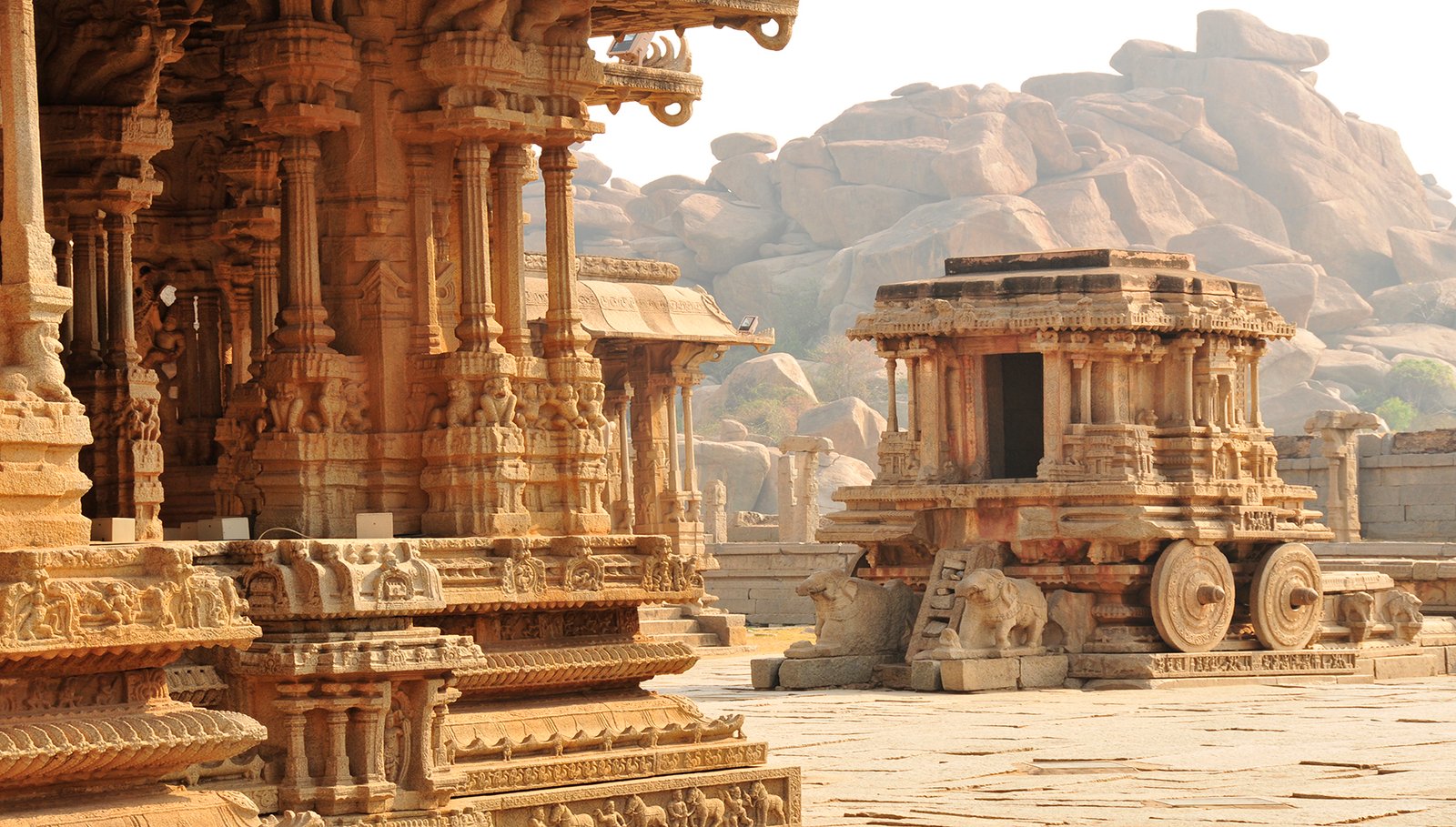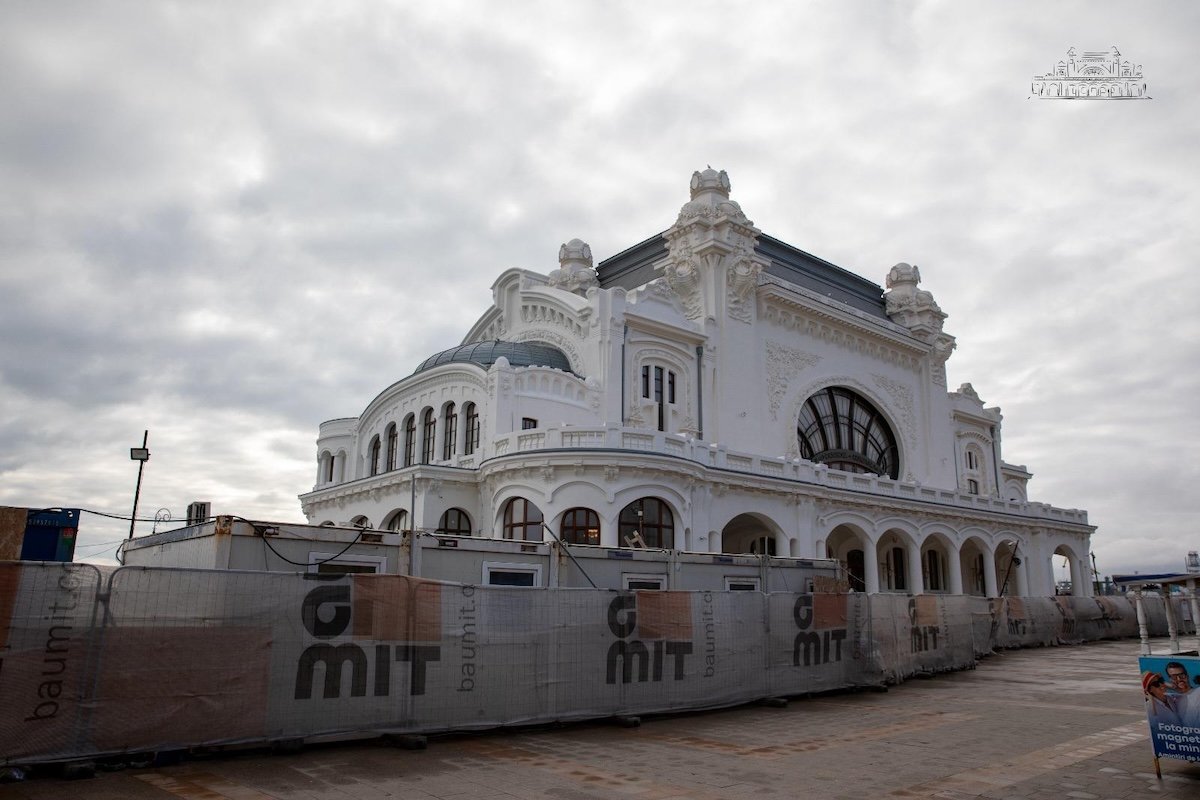
Explore the Most Stunning Sites and Monuments in Karnataka, India
Serving as the birthplace of ancient civilizations and a region marked by stark differences, Karnataka is renowned for its remarkably rich architectural and natural legacy. Whether you explore the temples of Hampi or traverse the woodlands of Bandipur, every location unveils another facet of this southern Indian state.
Hampi, a regal metropolis where time seems frozen.
Hampi, once the capital of the Hindu kingdom of Vijayanagara, covers an area of 42 square kilometers in the central part of Karnataka.
UNESCO World Heritage Site
, this 14
th
A centuries-old city captivates tourists with its preserved architecture set against a breathtaking backdrop formed by the Tungabhadra River and rugged hills. Out of the 1,600 historical structures here, the active Virupaksha Temple soars to a height of 50 meters and is adorned with intricate carvings. Nearby, the Vittala Temple impresses with its exquisitely crafted stone chariot and innovative musical pillars.
Mysore, regal splendor at the core of Karnataka
The erstwhile capital of the Wodeyar kingdom — a dynasty that governed the area for more than five hundred years, between 1399 and 1947 —
Mysore
is best known for its palace, a masterpiece of Indian architecture. Constructed at the turn of the 20th century.
th
In this century, the monument merges local and European elements, ranging from the Middle Ages through the 19th century.
th
In the heart of this century-old structure, exquisite carvings adorn the facade, featuring golden domes and stunning frescoes. Inside, intricate wooden decorations and vibrant stained-glass windows narrate the tale of southern India’s mightiest ruling family. Nearby stands Chamundi Hill, which houses a shrine devoted to Goddess Chamundeshwari. The site is protected by a majestic sculpture of Nandi, who holds significance as Lord Shiva’s divine bull.
The holy triad of Chalukya temples consists of Badami, Aihole, and Pattadakal.
On the outskirts of the arid plains of northern Karnataka, three archaeological sites showcase the progression of ancient Indian architectural styles. In Badami, cave temples hewn from reddish stone survey a vibrant green lake. Meanwhile, Aihole, believed to be the birthplace of Hindu temple architecture, features over 100 shrines dating as far back as the 6th century.
th
In just 20 kilometers’ distance, you’ll find Pattadakal, designated as a UNESCO World Heritage site. This location beautifully encapsulates the pinnacle of this artistic style through its collection of nine Hindu temples along with a single Jain shrine. Notably included among these structures is the Virupaksha Temple, constructed circa 740 AD under Queen Lokamahadevi’s patronage and remains remarkably well-preserved even today.
Bandipur National Park, Karnataka’s wilderness refuge
Bandipur National Park stands as the biggest untouched natural region in South India. Situated in southern Karnataka, these verdant woodlands of Bandipur—which were formerly used for royal hunts by the rulers of Mysore—now offer refuge to remarkable fauna. Among them is one of the highest concentrations of tigers within the Indian subcontinent. Inside this protected zone, elephants, dholes, and gaurs—the planet’s largest living species of wild cattle—are free to wander through expanses of savanna and dense teak woods. Visitors can reach the park via a roughly four-hour journey from Bangalore or an under-two-hours trip from Mysore.
Belur and Halebidu showcase the splendor of the Hoysala era.
The temples of Belur and Halebidu, situated in the western part of Karnataka, stand as remarkable examples of Hoysala architectural excellence, showcasing the pinnacle of artistic and structural achievements during this era. The Chennakeshava temple at Belur, constructed in the 12th century, exemplifies these qualities.
th
During the rule of King Vishnuvardhana, this century-old structure was built as a dedication to Vishnu. Its exterior walls feature intricate carvings illustrating episodes from both the Mahabharata and Ramayana epics. Inside, you’ll find exquisitely crafted columns showcasing heavenly dancers intertwined with delicate floral patterns. In Halebidu, the historic shrine called Hoysaleswara, which honors Shiva, is distinguished by its remarkable sculptural decorations covering its relief panels and façade surfaces.
Bijapur, the heritage left behind by the Adil Shahi rulers
In North Karnataka, the city of Bijapur, once the capital of the Adil Shahi Sultanate, retains traces of its illustrious history. The most prominent structure here is the Gol Gumbaz, an enormous tomb constructed beginning in 1650. This massive edifice rises up with a colossal presence, crowned by what was then one of the planet’s biggest basalt domes. Within, the Whispering Gallery showcases remarkable acoustic properties; even the faintest whisper reverberates over eleven times beneath this expansive roof. Surrounding areas feature numerous religious buildings and royal residences—such as the Jamiya Masjid, recognized internationally as part of UNESCO’s World Heritage Site—which collectively highlight how Indo-Islamic arts and architectural styles peaked during their time here.
Share this content:




















Post Comment